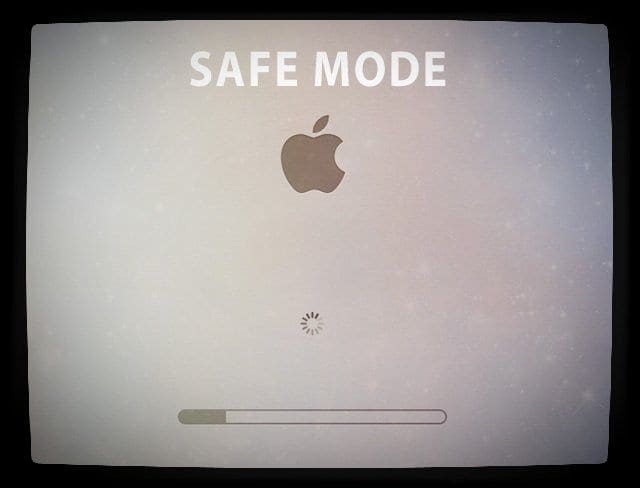

- How to format macbook air 2013 black screen how to#
- How to format macbook air 2013 black screen mac os#
- How to format macbook air 2013 black screen install#
- How to format macbook air 2013 black screen upgrade#
- How to format macbook air 2013 black screen full#
You should also run First Aid on the startup drive if it isn’t the target for the installation. If you haven’t already done so, you may want to run Disk Utility’s First Aid tool to check and repair the target drive.

The simple solution is to delete the macOS Catalina installer and download a new copy.ĭisk Utility’s First Aid should be run to ensure the startup drive and the target drive do not have any issues that could impact installing macOS Catalina.Ī new installer will usually take care of the issue, but there’s another problem that could lead to the same message: a damaged target drive for the installation. This message (or a variant) will sometimes show up just after you start the installation process, and is most often caused by a corrupt installer file.
How to format macbook air 2013 black screen how to#
How to format macbook air 2013 black screen install#
But if you have 25 GB of free space available, you should be able to successfully perform an install of Catalina.
How to format macbook air 2013 black screen mac os#
It’s difficult to estimate the size of the free space you’ll need since it’s dependent on the version of the Mac OS you’re running before the upgrade.
How to format macbook air 2013 black screen upgrade#
If you’re performing an upgrade install, you need to make sure the startup drive has enough free space for the installer download (6.5 GB), as well as room for the files the installer will copy to the startup drive during installation. I normally suggest a good deal more free space than that, but here we’re just talking about a minimum to ensure you can install and use macOS Catalina. As if that weren’t enough, you should keep at least 10 to15 percent of the startup drive free to ensure adequate performance. In addition, you need to allow for space for your user data, applications, and future updates. You can see how much free space is available on the target drive by highlighting the drive and pressing Command-IĪ clean install uses up around 20 GB of storage space. After that, the amount of space needed is dependent on the type of installation you’re performing: a clean install or an upgrade install. Storage Space: You’ll need about 6.5 GB of space just to download the macOS Catalina installer. A Complete List of Catalina Compatible Macs.
/fix-mac-that-stall-on-gray-screen-at-startup-2260831-f9daa94d4e244feb8beed871f38fbae7.gif)
How to format macbook air 2013 black screen full#
You can find a full list of supported Macs in the Rocket Yard guide:

The lone exception is the 2010-2012 Mac Pro, whose graphics cards don’t meet Catalina requirements. Supported Macs: Most Macs from 2012 or later support macOS Catalina. The two primary causes are attempting to install on a Mac that Catalina doesn’t support, or trying to install Catalina on a Mac with limited storage space. It may be that the installation won’t start, it seems to freeze during the installation, or it never seems to complete. This is the most basic of Catalina installation errors it simply won’t install. With backups out of the way, let’s take a look at some of the common and not-so-common macOS Catalina installation issues you may run into: macOS Catalina Won’t Install If you need a storage solution to handle your backups, Other World Computing has a large selection of storage options you can choose from. If it does get your Mac going again, remember to back up your Mac before you go any further. If you’ve run into an issue and you didn’t first perform a backup, then with any luck, one of our tips will get you back on track. The most important of these is to back up your Mac before you start the installation process so that you can recover from any installation issues that may arise. You should also take basic steps to ensure you can recover from any install issues you may come across. Even so, it’s a good idea to review our Rocket Yard guides for a clean install of macOS Catalina as well as an upgrade install of Catalina. Installing a new version of the Mac OS is generally a fairly pain-free process this trend continues with macOS Catalina.


 0 kommentar(er)
0 kommentar(er)
